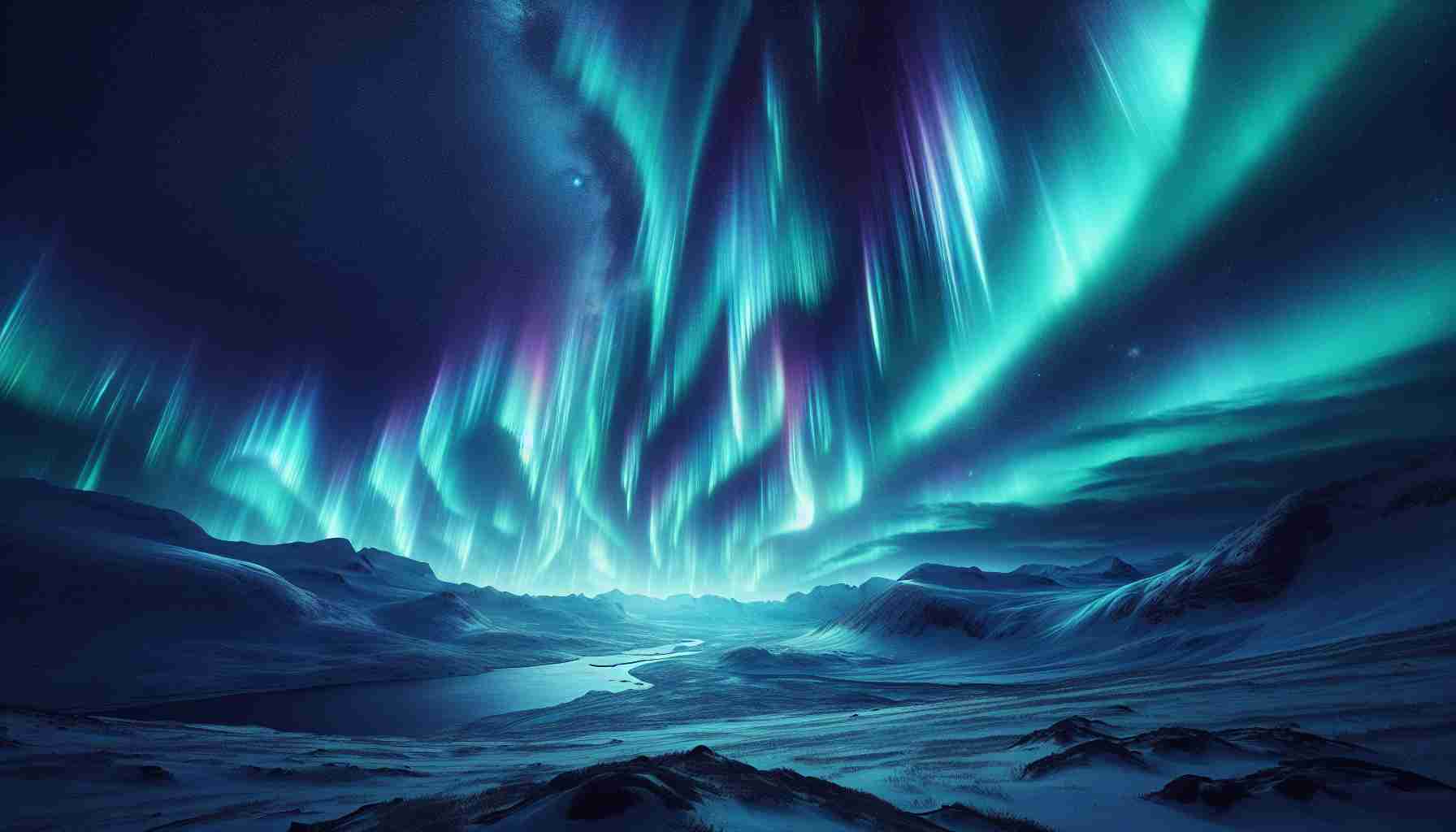A Year of Celestial Wonders
As 2024 wraps up, the sun is not going quietly. Recent solar activity, highlighted by three intense flares, may give Earth a dazzling farewell in the form of auroras. On December 29, these solar outbursts—classified as X-class for their extreme brightness—were noted at various times throughout the day.
The Sun in Action
This activity aligns with the peak period of the sun’s eleven-year cycle, known for producing spectacular auroral displays. Reports suggest that auroras have already been visible as far south as Florida earlier this year, a clear indication of the cycle’s intensity. As heliophysicists explain, the sun’s behavior is primarily driven by its magnetic fields, which dictate much of its activity.
What to Expect Next
Every solar flare can potentially release a coronal mass ejection (CME), responsible for the stunning light shows familiar to many. While it’s still uncertain whether the recent flares will result in auroras, the National Oceanic and Atmospheric Administration has issued a watch for potential geomagnetic storms over New Year’s Eve. If conditions align correctly, parts of the northern United States could be treated to this breathtaking spectacle.
Looking Ahead
Experts anticipate that this heightened solar activity will continue into 2025, offering more opportunities for auroras and revealing secrets about the sun’s behavior. As scientists embrace innovative instruments to study these phenomena, 2024 stands out as a remarkable year in solar observation.
Get Ready for a Mesmerizing Year of Auroras: What You Need to Know
As 2024 unfolds, the sun is gearing up to put on a stunning display of celestial phenomena. Following recent solar activity, including three significant X-class flares, Earth may soon witness a series of breathtaking auroras. These events are part of the sun’s eleven-year activity cycle, which is currently peaking and set to produce some of the most remarkable light shows our planet has seen in years.
The Sun in Action
The recent solar flares, classified as X-class due to their extreme brightness and intensity, represent just a small portion of the sun’s dynamic activity. Heliophysicists explain that these phenomena are intricately tied to the sun’s magnetic fields, which influence everything from solar flares to coronal mass ejections (CMEs). These CMEs, when aimed towards Earth, can precipitate stunning auroral displays, often referred to as the Northern Lights.
What to Expect Next
With the heightened activity observed, the National Oceanic and Atmospheric Administration (NOAA) has issued alerts for potential geomagnetic storms as we approach New Year’s Eve. This could allow auroras to be visible in regions typically devoid of them, including parts of the northern U.S. If the conditions are right, this could serve as a dazzling showcase for skywatchers. To enhance your aurora-viewing experience, consider following specific guidelines:
1. Find Dark Places: Seek locations away from city lights.
2. Check Weather Conditions: Clear skies are essential for visibility.
3. Stay Informed: Follow NOAA updates for real-time aurora forecasts.
Looking Ahead
Experts predict that this surge in solar activity will persist into 2025, providing ample opportunity for space enthusiasts and researchers alike to study and observe solar phenomena. Improved instruments and technology are being utilized to gather more insights, enhancing our understanding of the sun’s behavior and the resulting effects on Earth.
Pros and Cons of Solar Observations
– Pros:
– Increased awareness of solar events and their impacts on Earth.
– Opportunities for scientific research and discovery.
– Enhancements in technology that aid in real-time tracking and forecasting.
– Cons:
– Potential disruptions to satellite communications and navigation systems.
– Increased risks of radiation exposure for astronauts in space.
Trends and Innovations in Solar Observation
The field of heliophysics is experiencing significant advancements, including new satellite missions and ground-based observatories dedicated to tracking solar activity. These innovations are paving the way for greater understanding and preparedness against potential solar storms.
Conclusion
As we step into 2024, the cosmos promises to captivate us with its awe-inspiring light shows. With the sun’s current activity bolstering the chances for majestic auroras, it serves as a reminder of the beauty and mystery of our universe. To stay connected with the latest updates on solar phenomena, visit NOAA for real-time alerts and forecasts.
Prepare to immerse yourself in the wonders of the sky as we embark on a fascinating year of solar exploration!
